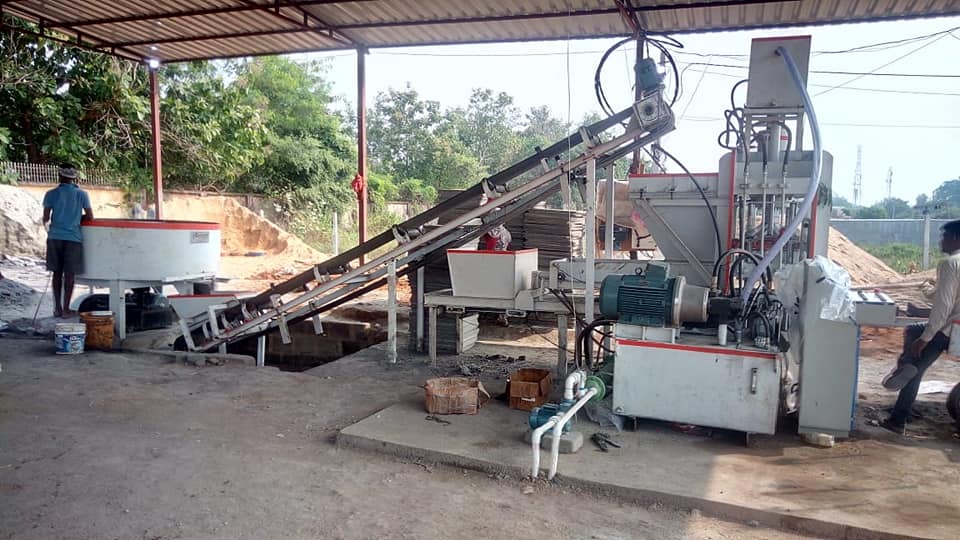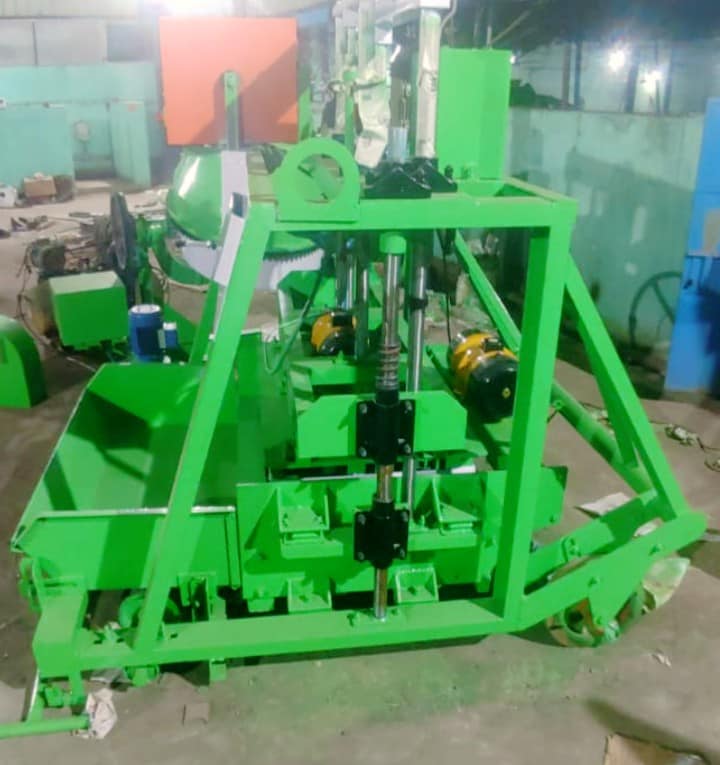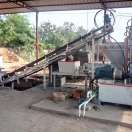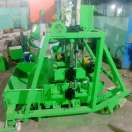Advantages:
1. Appearance:
The Appearance of the fly ash brick is impressive due to their satisfying color like cement, uniform size, and smooth finish. Due to uniform size, mortar mandatory for walls and plastering reduced nearly by 40- 50%.
of Paris (Gypsum plaster), putty can be applied rapidly without a baking coat of plaster. These bricks are independent of the cracks, wrap age, organic matter, pebbles, and nodules of the free lime.
2. Strength:
The compressive strength of the fly ash brick is relatively high (9-10 N/mm2). Due to high strength no breakages/wastages during conveyance and handling. The less thickness of joints and plaster reduces cracking in plaster. These bricks do not result in any extra load for the design of structures and give better earthquake resistance. It enhances strength over time and offers incredible strength to the building.
3. Thermal Properties:
The thermal conductivity of fly ash bricks is nearly 0.90 – 1.05 W/m2. They absorb less heat. The pozzolanic effect between the fly ash and lime generates less heat. It protects your building cooler in summer, therefore most suitable for Indian climates.
3. Durability:
These bricks are highly durable and less permeable. The lower permeability can efficiently lessen the effect of efflorescence on bricks. The fly ash bricks are lessened porous, consume less water, and decrease dampness on the walls. It is also highly resistant to the attack by mild acid, water, and sulfate.
4. Sound Insulation:
The Construction with the fly ash bricks provides decent sound insulation to the building.
5. Fire Resistance:
The fly ash bricks are highly fire-resistant compared to the normal clay bricks.
6. Sustainability:
The Fly ash bricks are environmentally friendly as they are prepared of waste materials that reach from the combustion of coal in power plants. There is no pollution or environmental damage, deemed as a white category product.
7. Buildability:
The fly ash bricks have easy workability and consume less water. Unlike clay bricks, they do not impose draining in water for 24 hours. The sprinkling of water before use is sufficient. The construction procedure is similar to clay brick construction and does not need any extra training for the masons.
8. Availability:
These bricks are commonly available closer to thermal power plants. However, finding dealers in all main cities and towns wouldn’t be a difficulty.
9. Cost:
The similar number of fly ash bricks will enclose more areas than clay bricks. Consumption of the mortar is also low. It’s Requires less labor. The cost is almost 30% lower than clay bricks.
10. Applicability:
Due to their lightweight, these bricks are desirable for multi-story structures. Less weight indicates less stress on the building. These bricks can be utilized in load-bearing external walls in low/mid structures, non-load-bearing inner walls in low/mid structures, and non-load-bearing inter outer walls in high-rise buildings.
Disadvantages:
1. Not all fly ash is convenient for construction, those are manufactured in power plants usually similar to concrete, while others may desire beneficiation. It is relatively important to use only high-quality fly ash to avoid negative impacts on the structure.
2. If bricks are not prepared properly, it has no strength and not suitable for construction. Poor quality bricks have an adverse impact on concrete. It can increase permeability, occurring in damages to the structure.
3. Bonding with the concrete is lower due to the brick smooth surface.
4. Restriction in size. Only modular size bricks can be manufactured. The bigger size brick will have more breakages.
5. Fly ash bricks only applicable for subtropical areas, or where the atmosphere is warm because fly ash bricks do not consume heat. But in the winter season, it is not effective.




